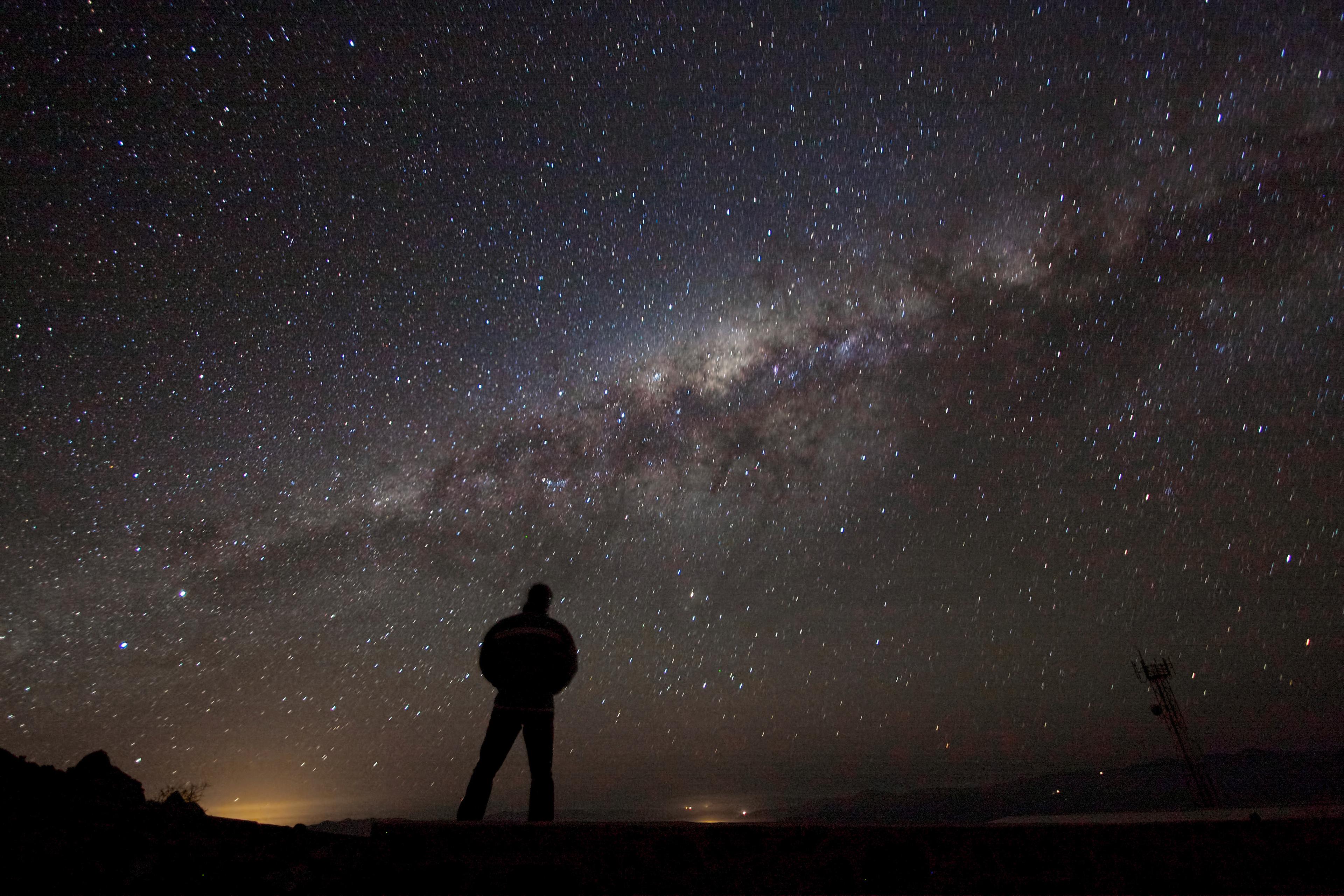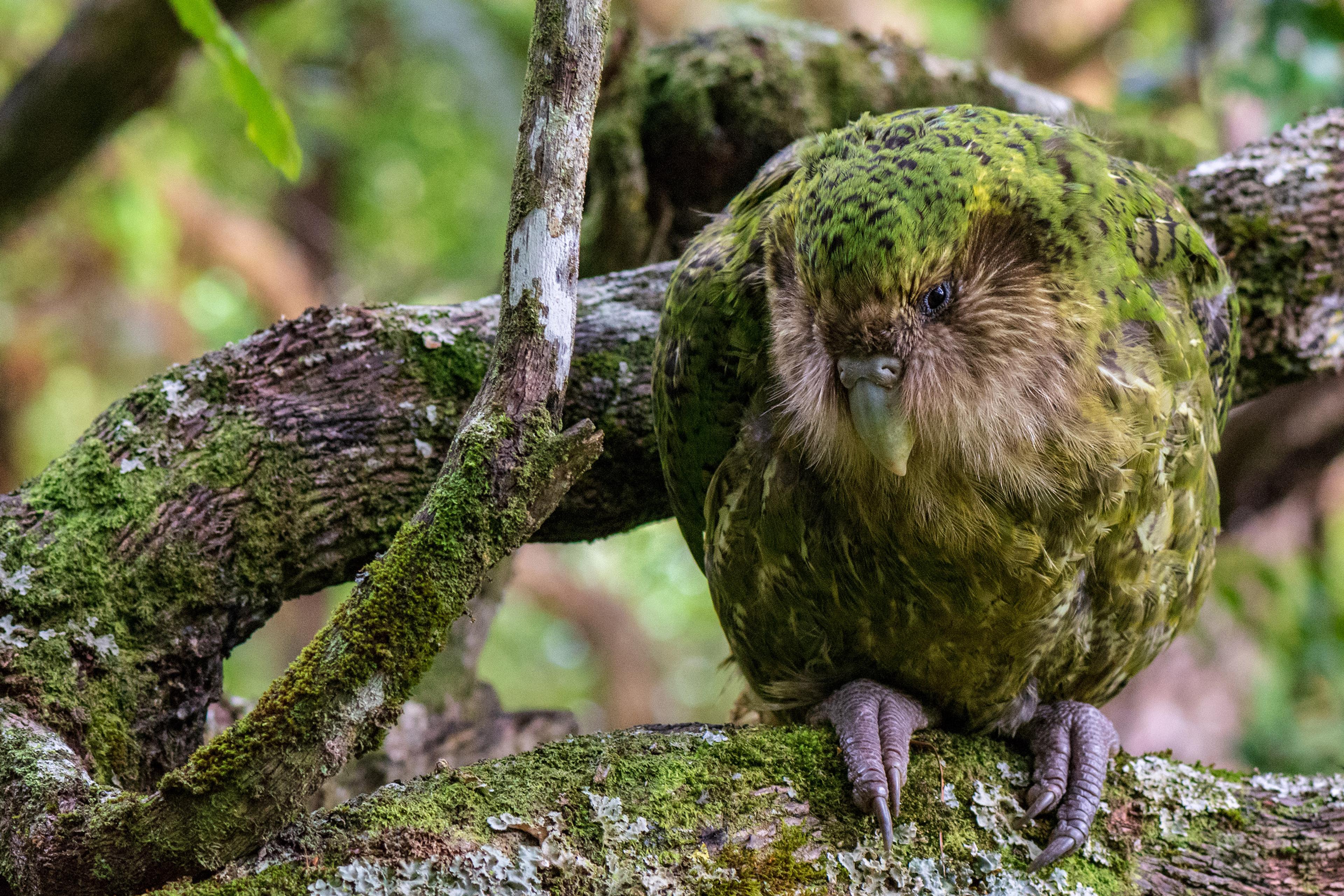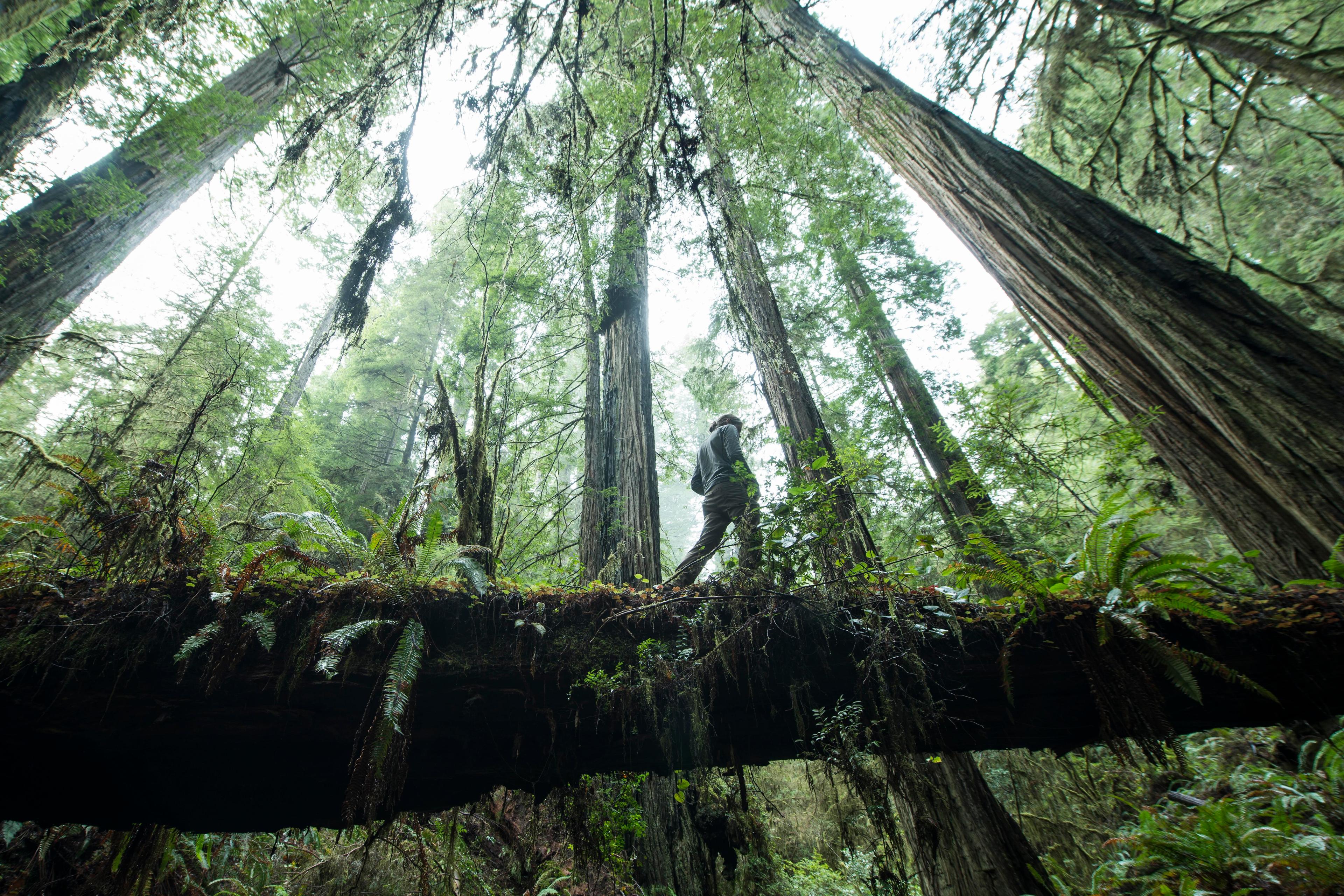In the 1950s, at a research clinic in London, the psychologists John Bowlby and Mary Ainsworth began to study the impact that human relationships have on the emotional development of children. What they discovered during the following decades radically altered the direction of Western psychology. Previously, the dominant behaviourist view had emphasised the impact of external rewards and punishments on behaviour and wellbeing. Unlike behaviourists, Bowlby and Ainsworth focused directly on the internal worlds of children, stressing the importance of emotional security. Children, they found, had a deep need for this security and would actively seek it in their attachments with parents and other caregivers. Bowlby went even further, suggesting that the unique emotional worlds of adults could be explained by the specific ways they had been ‘attached’ to their caregivers as children. Adults who were securely attached and trusting were more likely to have been raised by responsive parents who consistently met their physical and emotional needs as a child. Conversely, caregivers who were unresponsive or unavailable tended to produce insecurely attached adults, affected by anxiety, avoidance, or a combination of both.
Even though Bowlby and Ainsworth’s work challenged the external view of behaviourism, their ‘attachment theory’ wasn’t blind to the outside world. What made the theory so radical was that it suggested our emotional lives were influenced by the different social environments we internalised as children. This ‘environmental’ perspective was especially crucial to Bowlby’s work. He understood that security didn’t involve only a parent and child in isolation. The wider social landscape, socioeconomic forces as well as unresponsive parenting could play an important role in emotional attachment, too. This made emotional distress, he believed, a social problem that required social, structural solutions. These ideas, according to the psychiatrist (and attachment expert) Jeremy Holmes, ‘permeate almost every paragraph Bowlby wrote’. But Holmes cautions that ‘Bowlby may have been mistaken and simplistic in thinking that his experience with disturbed children could be translated simply from the language of psychology to that of sociology.’
Today, as new research reveals how expansive our emotional worlds really are, perhaps Bowlby’s ‘translation’ did not stretch far enough. Aren’t the environments that influence our emotional lives both social and natural? Yes, we are raised by people, but we are also raised by the Earth. As recent research is showing, the natural world can play an important role in our emotional lives, offering a sense of security and belonging, and reducing anxiety and stress. Perhaps there is a missing ecological dimension to Bowlby and Ainsworth’s theory. To really understand our emotional lives, do we need to rewild attachment theory?
‘Rewilding’ is a term first used by conservationists in Wild Earth magazine during the early 1990s. ‘It is time to rewild North America,’ the magazine’s co-founder Dave Foreman wrote in a 1992 column, ‘it is past time to reweave the full fabric of life on our continent.’ The term now refers to the large-scale restoration of natural environments, with the goal of increasing biodiversity and ensuring ecosystems can support the many species that rely upon them. This involves figuring out which relationships matter between different species and their environments; it involves determining what each species depends on for survival. In this context, rewilding attachment theory might also involve defining the ecological relationships that matter to our emotional worlds. We depend on the Earth – humanity is inseparable from the biodiverse, living world – but rewilding attachment theory is not just about acknowledging our physical dependence on the web of life. It is about an emotional attachment, too. The web can offer us security and belonging.
Nature could foster a sense of emotional wellbeing and belonging
I began to understand this sense of attachment in New York City, where I lived for over 20 years before moving to Massachusetts to steward a forest sanctuary. In large cities like New York, green spaces are not always readily available. Starved for the wild, I found myself drawn to unexpected places: abandoned city lots teeming with weedy life. These forgotten patches of green, bursting with wildflowers and buzzing with pollinators, became my sanctuaries. The more I noticed, the more my curiosity about plants grew. I soon learned that many of the wildflowers had been used as medicine across cultures, and are rich in history and lore. I began to see plants as individuals and was moved to share the beauty of the urban wild with others. Eventually, I led a herbalism school and plant walks in city parks. Here, I witnessed profound shifts in my students’ wellbeing and their emotional connection to the landscape. Many reported feeling soothed and less stressed after our outdoor workshops. They had a sense of calm reminiscent of a secure bond.
Through these experiences, I began to wonder whether the role of nature could foster a sense of emotional wellbeing and belonging similar to the secure attachments some of us form in our early lives. Could our connection with the natural world, even through the ‘weeds’ in a city lot, play a role in our emotional wellbeing? Could it impact our development, or even ameliorate the negative effects of insecure attachments forged during early childhood? Research suggests it might.
In Last Child in the Woods (2005), the journalist Richard Louv introduced the concept of ‘nature-deficit disorder’, which describes how limited outdoor time impacts children. Since then, his concept has become increasingly relevant. A growing body of scientific evidence suggests that alienation from nature contributes to a decline in sensory function, attention difficulties, and increased rates of obesity, emotional imbalance and physical illnesses in both children and adults.
Two major theories shed light on our interactions with the natural world. The first is attention restoration theory (ART), proposed by the environmental psychologists Rachel and Stephen Kaplan in the 1980s. The modern world, with its constant demands on our attention, can lead to mental fatigue and a diminished ability to focus. The Kaplans’s theory suggests that spending time in nature can provide respite. Immersed in natural environments, our ability to direct our attention is restored, allowing us to feel refreshed and refocused. Another perspective comes from the healthcare design researcher Roger Ulrich, who proposed stress reduction theory (SRT) in the 1980s and ’90s. According to SRT, connecting to the natural world triggers a physiological response, activating our parasympathetic nervous system, leading to reduced stress and anxiety. This activation can occur even through brief exposure to nature, whether lying under a linden tree in a city park, spending a day hiking in a forest, or looking at an image of a natural environment. Research has shown that time in the natural world lowers blood pressure, heart rate and stress hormones, promoting feelings of relaxation and wellbeing. A 2022 study also found that people who strongly identify with nature, enjoy being outdoors in natural spaces, and who had more frequent garden visits ‘were more likely to have a stronger sense of social cohesion’.
Our social and emotional lives can be profoundly influenced by the natural world. So how do we stop viewing emotional development as a purely social phenomenon, and start understanding the role that the Earth might play in influencing our emotional lives? The task is not easy. Most of the world’s population now lives in teeming concrete cities, often physically removed from vast green spaces where these connections might otherwise become more obvious. Access isn’t the only issue. We are also limited by our imaginations. Many dominant views of nature, developed over thousands of years, obfuscate how we depend on the Earth. Biblical narratives grant humans dominion over the planet and its resources; the Great Chain of Being, a concept originating with Plato, places humans at the top of a hierarchy of living beings. These ways of thinking may be old, but they endure. And they can stop us from seeing ourselves as emotionally dependent on the planet. What we need is a psychological framework that recognises our profound emotional dependence on the Earth. Rather than developing an entirely new model, perhaps we could rewild attachment theory. To start, we might consider the many ways of thinking about ecological and emotional attachment already available to us.
In many Indigenous cultures, there is no sense of separation between people and the environment
Evolutionary biology reveals a wondrous truth. All living beings, from the towering redwoods to the microscopic bacteria within our gut, share a common ancestor, a single-celled organism that emerged billions of years ago. With every breath we take, every cell in our bodies carries echoes of ancient stardust and the legacy of countless generations. This shared heritage underscores our profound interdependence, which Indigenous peoples around the world have long recognised. For the Māori people of Aotearoa (New Zealand), whenua is a word that means ‘land’ or ‘placenta’. It is a concept that encompasses all life – soil, plants and animals (including humans). It expresses an understanding that people are physically and spiritually connected to the Earth. According to Māori cosmology, all life comes from the womb of Papatūānuku, located under the sea.
When researching my own heritage, I learned about the Gaelic concept of dùthchas, which is part of a worldview that stresses a deep, inherited connection to the land, weaving together cultural identity, ecological responsibility and a sense of belonging. In traditional Gaelic culture, like many Indigenous cultures, there is no sense of separation between people and the environment. This understanding, rooted in relational stewardship, fosters emotional connections to the living land. Perhaps these and other cosmologies offer us alternative ways of thinking about attachment more ecologically. But this is really just the beginning.
Since the mid-20th century, the explanatory power of attachment theory has only strengthened. New research indicates it has a neurobiological basis: our early attachments seem to affect how our brains develop, particularly how stress is regulated. There are, however, clear blindspots in Bowlby and Ainsworth’s theory. As the developmental psychologist Heidi Keller has argued, attachment theory pretends to be a universal phenomenon despite being a ‘Western middle-class philosophy’ that reflects a limited Eurocentric worldview. In many cultures, the relationships affecting the emotional world of a child involve more than two parents in a nuclear family. They include a wide community of caregivers, extending to distant relatives and elders. For most of our species’ history, these wider connections were crucial to how we raised our young.
If our attachments are social and natural the implications are profound. Those powerful networks of relations that are so crucial to our emotional wellbeing may extend beyond human caregivers. Connecting with restorative wild spaces might influence the emotional development of children, but also the healing of adults, by fostering resilience and belonging – wild connections might even mitigate some of the negative effects of insecure attachment. Recognising our emotional connection to the environment means broadening the scope of Bowlby and Ainsworth’s work and exploring the natural world’s potential as a powerful tool for wellbeing. There is something hopeful about this expanded perspective: healing doesn’t need to come only from our social worlds, it can also come from the simple act of rekindling our connection to the Earth.








